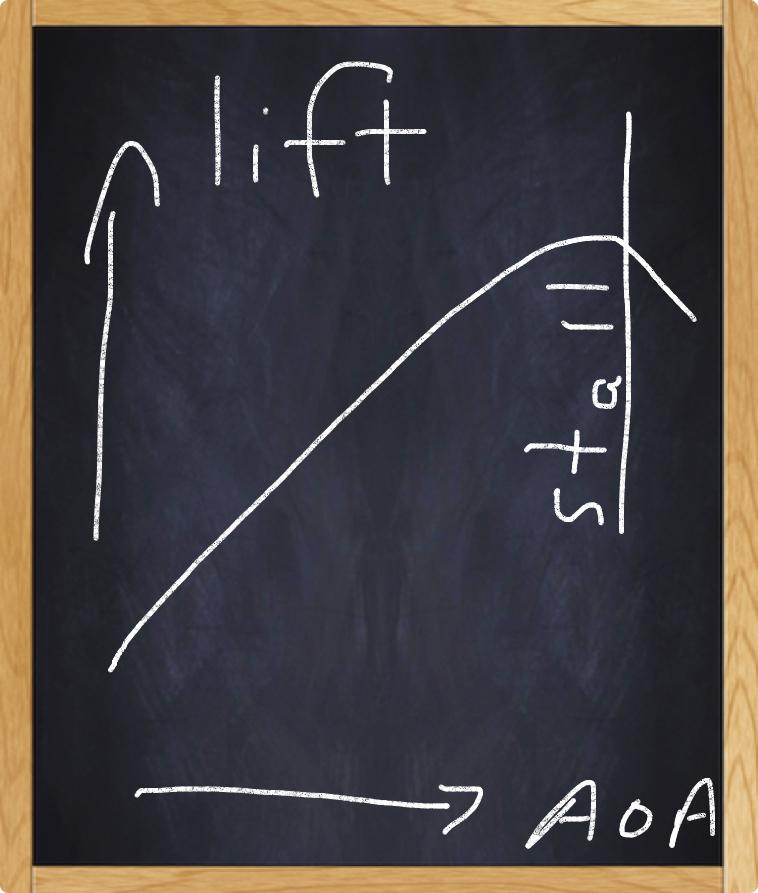Condolences
Dear Sir Richard,
I offer you my heartfelt condolences on your loss: a life, a spacecraft, money, and momentum. The life and the aircraft will be missed. The money and momentum can be made up. But as in every disaster, there is also opportunity.
I have been a pilot for nearly fifty years, and in my trade accidents are fodder: nearly always, there is something vital to be learned. The accumulation of this knowledge is what allows us to hone our skills and make our missions safer.
Spaceship Two awakes powerful echoes from the past. We have been here before and moved on.
Disclaimer
The following is fiction. I look to the net for facts: what I find there may or may not be true. Using what I find I make up a story. My hope is to get everyone thinking about the way forward while we wait for the NTSB. Please accept my offering as help, and as hope for the future for this very special project.
Test Flying
One pilot friend has given up test flying. Another still does it and has flown an amazing number of types. His preparation method is simple: know and prioritize the systems. Knowing means finding everything you can and studying, asking questions in a practical way. Prioritizing means asking the question, what is going to kill me first?
Often it is the fuel system. But Spaceship Two's rocket motor was designed to be simple. Sure, it's new, and could kill us, but is it first in line?
Look instead at the flight envelope: subsonic atmospheric flight as an airplane or glider. High Q, high G, supersonic flight as a rocket plane. Ballistic flight as a near-spaceship. Re-entry as a badminton bird. Subsonic glide to landing.
Then look at configuration. Airplanes have flap and gear speeds. Maneuvering speeds. Spaceship Two is a chameleon: an airplane/spaceship/shuttlecock. Combine flight envelope and configuration and you have a whole world of limitations.
The Flight
Our pilots have trained in the fixed-base simulator. The clever helmet G sim has added realism to the profile. They are ready for the high G during the acceleration and pullup after rocket ignition. They are confident in their ability to glide to a landing at Mojave after re-entry.
But the real thing is frightening. It is more than training can prepare you for. It is like going over Niagara Falls in a barrel. The discipline required to stay exactly with the aircraft is huge. It is like learning to fly instruments in IMC and turbulence, believing what the panel says and ignoring what the body says. Only it is magnified by several factors of ten.
Pilots know that their IQ is cut in half the moment they strap in, and in half again under fear or stress. They prepare carefully, rehearsing in their heads so the real thing will not freak them out.
Our co-pilot was overwhelmed. Somewhere in his consciousness was a fear of forgetting his tasks. His mind left the present and moved ahead, rehearsing. He knew that at some point he would have to unlock the tail feathers.
The pilot was hanging on to his awareness for dear life. His field of vision had narrowed to a tiny cone centred on the Flight Director. He didn't see the co-pilot's hand reaching for the unlock lever. But he hung on to that thread of awareness and understood the ship was breaking up around him. He managed, though injured, to undo his harness and get free of his seat.
Crew Co-ordination
I am reminded strongly of Air Canada 621 in June 1970. Not in the pilots' behavior: our Spaceship Two pilots were not arguing. They had a good understanding of the ship and her systems.
No, the echo has more to do with the novelty and design of the systems and configuration. The DC-8-63's spoiler system was an early one, imperfect in its ergonomic design. The line between arming and deploying was not as sharp as, say, the later system on the DC-9, where up was arm (for landing), and up, back, and up was ground spoiler deployment (for a rejected takeoff).
Spaceship Two's feather system is an excellent mechanical and aerodynamic design. The lock can hold the feathers in the airplane position even at high Q in a high G powered pullup.
But crew co-ordination and Standard Operating Procedures are just as important. Our pilot did not see the co-pilot's hand reaching for the unlock lever. There was no communication:
“Ready for Feather Unlock.”
Our pilot had no opportunity to say:
“Negative. Standby.”
or
“Get your $#%* hand off that f#%# lever!”
He just saw the result: the breakup of the ship from aerodynamic forces.
Moving On
Let's go flying again as soon as we can. But designers, remember: it's not your ass strapped to the machine. It's the test pilots'. And they have to understand the implications of any action at any point in the flight envelope.
No, you don't have to design software to limit when the feathers can be deployed. You have to keep the pilots in the loop, not take them out of it.
But communication is all. And respect for each others' work. Bernard Zeigler designed the Airbus to be “pilot proof” and “un-stallable”. We know what happened there.
Aware of the past, analyzing accidents, we are wiser. We will respect everyone and expect the best from everyone. We will prioritize and rehearse. We will use all available means to communicate and to share information, hopes, and doubts. There will be Standard Operating Procedures. There will be verbal calls followed to the letter to eliminate misunderstanding. And there will be the joy of success.
Yours sincerely,
Former Captain
p.s.
Sir Richard, how about – every once in a while – offering a seat on Virgin Galactic to a prominent climate change denier?



